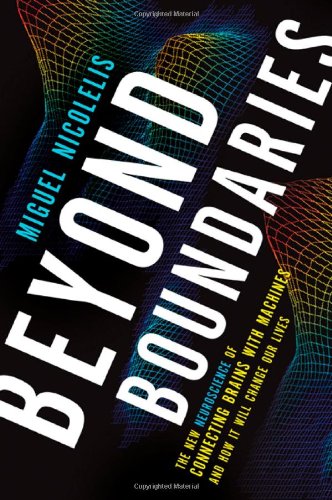What do you think?
Rate this book


368 pages, Hardcover
First published September 28, 1994
"If you would not be forgotten, as soon as you are dead and rotten, either write things worth reading, or do things worth the writing." - Benjamin Franklin
"All boundaries are conventions, waiting to be transcended. One may transcend any convention if only one can first conceive of doing so.”